Ysbyty Cynfyn Church
Three miles from Devil’s Bridge is the 19th century Ysbyty Cynfyn Church, which stands in the remains of a stone circle. Two of the stones now act as posts for the gate leading into the churchyard. Another two are set into the church wall itself. The tallest of the stones is in the North of the churchyard and stands 3.4m high.

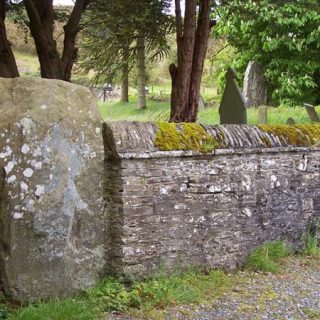
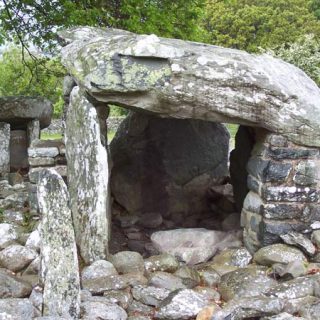
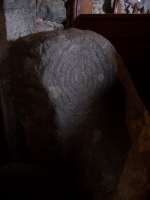
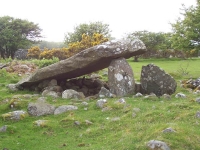
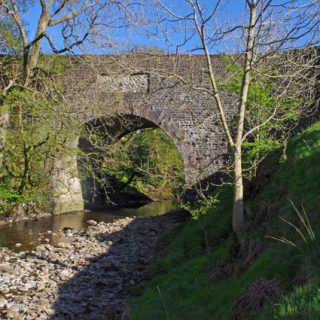
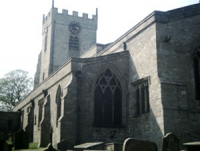

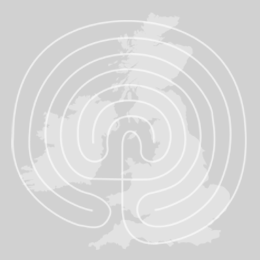
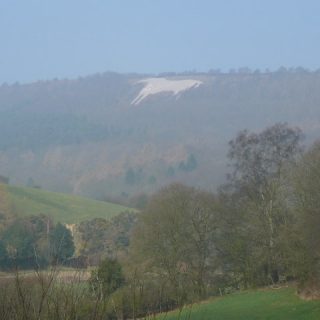
Recent Comments